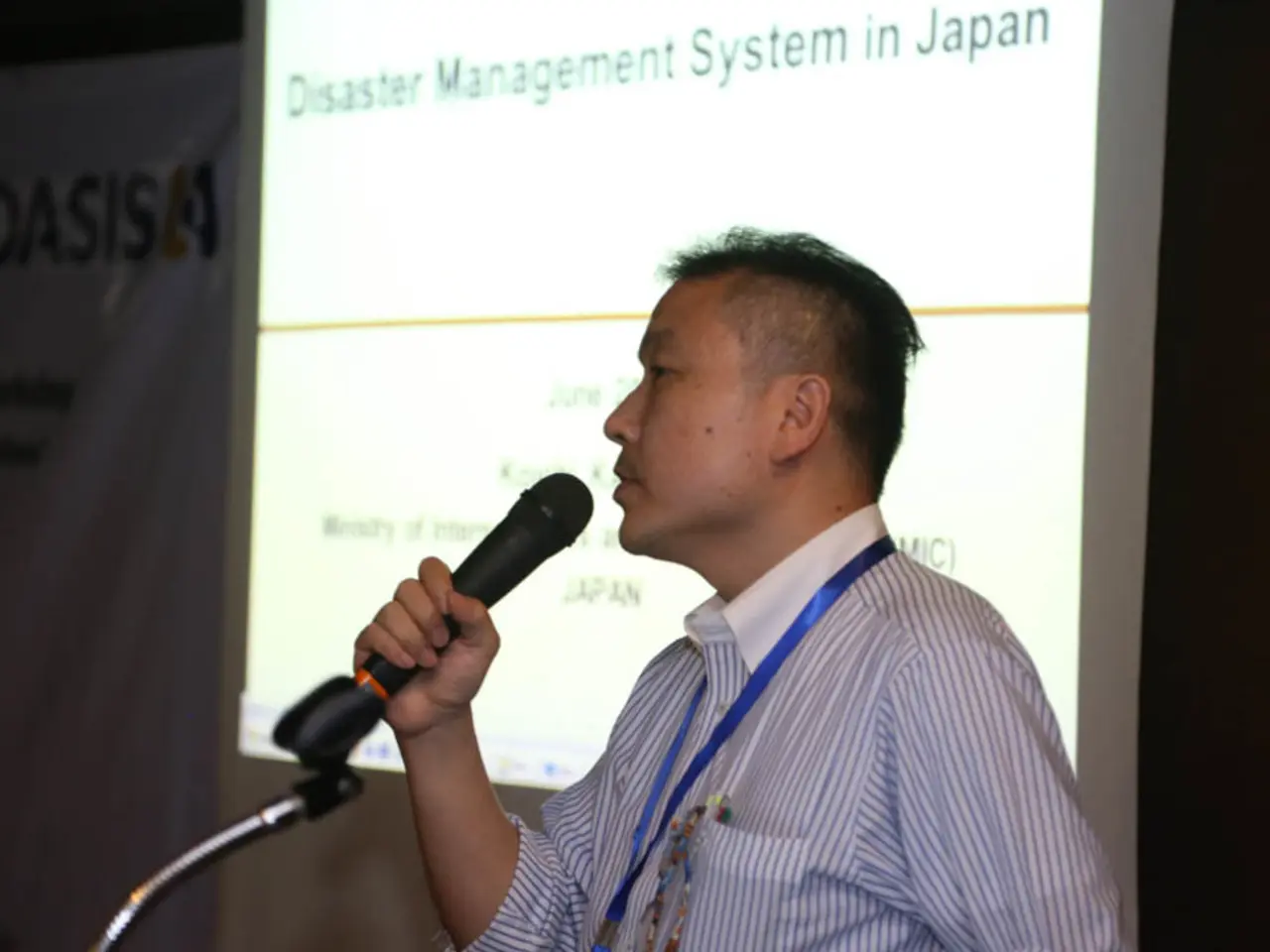Undersea colossal gravitational anomaly identified near the Indian Ocean by researchers.
In a groundbreaking study, an international team of scientists has shed new light on the long-standing mystery of the Indian Ocean Geoid Low (IOGL), a geophysical anomaly that has puzzled researchers for decades. The study, published in several reputable scientific journals, reveals that the IOGL is caused by a mass deficit within the Earth's deep mantle beneath the northern Indian Ocean, resulting in a significant gravitational anomaly where the sea surface is depressed by about 106 meters compared to surrounding areas [1][3][5].
The cause of this mass deficit can be traced back to the African superplume, a vast and deep upwelling of hot, buoyant, molten rock that extends from near the Earth's core up to the upper mantle. This superplume is thought to supply the hot, low-density mantle material causing the IOGL by rising and spreading beneath the Indian Ocean region [1][5]. This discovery links the IOGL directly to mantle convection processes driven by this deep mantle superplume.
The IOGL's mass deficit is due to the presence of hotter, lighter material that stretches from depths of approximately 300 km to 900 km in the mantle. These low-density materials reduce the gravitational pull locally, creating the observed geoid low [1]. The study uses seismic tomography data and advanced computer models to pinpoint the accumulation region of these low-density materials.
The African superplume, a possible source of the low-density material causing the IOGL, is proposed as a key factor in the gravity anomaly observed in the region today. As the oceanic plate beneath the Indian plate was subducted into the Earth's mantle, mantle plumes were triggered, bringing low-density, hot material closer to the surface.
The study raises questions about the future of the IOGL and its persistence as tectonic and mantle dynamics continue to evolve. However, it provides new clarity on the origins of the IOGL and opens up new avenues for studying Earth's mantle and tectonic processes.
The discovery of the IOGL's origins not only deepens our understanding of this enigmatic region but also offers insights into Earth's mantle dynamics. By understanding these processes, we can gain a better understanding of the Earth's history and the forces that have shaped our planet over billions of years.
**References:**
[1] The geoid low results from a mantle mass deficit caused by hot, light material from 300–900 km depth beneath the Indian Ocean [1]. [2] The African superplume is identified as the likely source of this material [1][5]. [3] The thermal and density anomaly reduces gravity locally, causing the geoid depression [1][3]. [4] During this period, the Indian tectonic plate was part of a larger supercontinent and later collided with the Asian plate. [5] The Indian Ocean Geoid Low (IOGL) has a history dating back over 140 million years. [6] The study suggests that hot, low-density material from the upper and mid-mantle beneath the IOGL is the primary cause of the gravity low observed in this region. [7] The study provides new clarity on the origins of the IOGL and opens up new avenues for studying Earth's mantle and tectonic processes.
- This discovery in environmental-science, concerning the Indian Ocean Geoid Low (IOGL), has substantial implications for our understanding of mantle convection processes in the deep mantle, especially the role of the African superplume in the industry of geophysics.
- The financial investment in this groundbreaking research, unraveling the roots of the IOGL, could potentially yield significant breakthroughs, contributing to the field of education-and-self-development and technology.
- This revelation about the IOGL's origins may have a ripple effect on lifestyle choices and business strategies, as it provides new insights into the Earth's history, general-news, and sports stories related to climate change and geography.
- The scientific community has been intrigued by the IOGL's persistence for decades, and the industry of science eagerly awaits further research in this area to deepen our comprehension of Earth's dynamic processes.
- This study highlights the importance of collaboration in the scientific community, as the international team's effort yielded unprecedented results, shedding light on the complex phenomena taking place beneath the Indian Ocean's surface – a endeavor that undoubtedly contributes to the sportsmanship spirit found in various industries.




